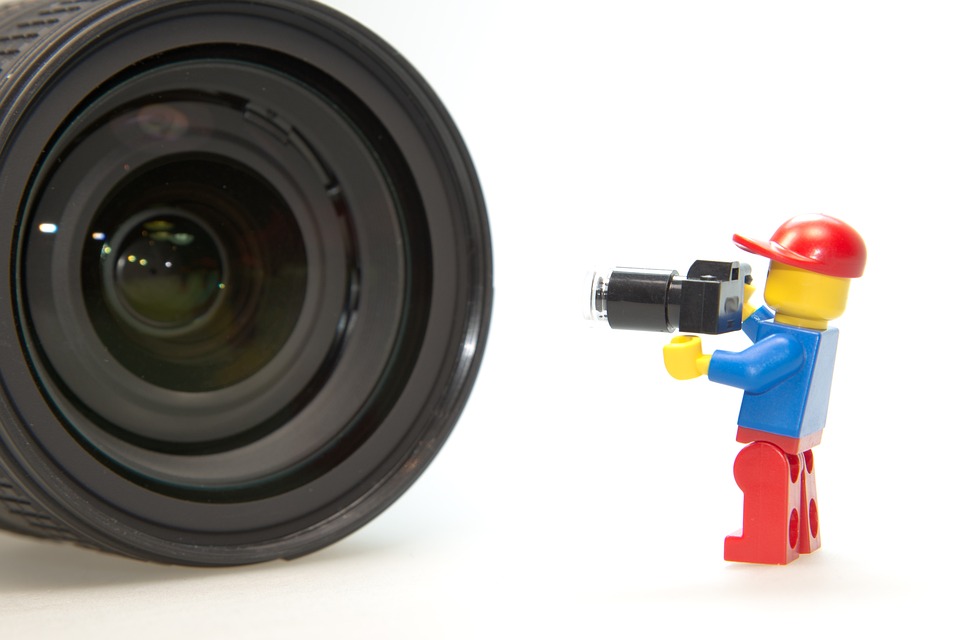Choosing a digital camera is a lot easier when you consider the three types of digital cameras: digital SLR, bridge (or consumer), and point-and-shoot (or compact auto). This article introduces you to the pros and cons of each, so you can narrow your choices down to the type of camera you want.
Digital Single Lens Reflexes (DSLR)
Digital SLR cameras (DSLRs) were used almost exclusively by professional photographers until recently when prices started to drop. Prices have dropped significantly over the years for entry level DSLRs such as the popular Canon Rebel. However, just remember that when you get a DSLR, you also have to buy lenses to use it. However, some come with a basic starter lens or kit lens. If you want to take close-ups, you can’t just press a button to zoom, you need a telephoto lens. These come in all kinds of sizes to suit the photographer’s needs. Many photographers also buy quality used equipment to cut costs.
One of the great benefits of DSLRs is that you can get telephoto lenses that let you take a close-up of a bird on top of a tree and you’ll never be able to tell from the photo that the bird is too far away. And they are fast! So you will never have the problem of missing an action shot because the camera took too long to register the image.
DSLR cameras also work with accessories like external flashes and filters to give you more options when shooting. DSLR cameras are great for capturing action photos in low-light conditions where the flash is not allowed or not accessible.
Because of the large sensors, you can increase the ISO for low-light photos while maintaining a fast shutter speed to capture motion. With other types of cameras, you can’t do that because they have smaller sensors and they end up producing ugly grainy images called digital noise. Digital noise can often be removed with software but with a DSLR you will never have this problem.
These days, the main drawback of a DSLR camera is its high price when compared to other types of cameras. It’s a nice camera to upgrade if you find that you love taking pictures and want to advance. Most people start with a camera body and kit lens and then add more specialized lenses as they go.
Point and shoot digital cameras (also called compact or automatic cameras)
Compact or digital point-and-shoot cameras are the most popular cameras in the Western world, and for good reason. The compact camera is so easy to assemble and can shoot such high quality images that many professionals who own an expensive DSLR and a bag of large lenses have a compact in their pocket. (Compact, pocket-sized digital cameras are often called subcams.)
As mentioned earlier, the biggest benefits of charters are their small size and compactness. Unlike DSLRs that usually require a small bag of camera gear (if you have lenses), these cameras can go just about anywhere.
And while you can only point and shoot with these cameras, many of them have all sorts of modes to choose from, plus some also give you some manual controls, like aperture priority and shutter speed priority. And if your camera has optical zoom, you can get some great close-ups too!
Bridge cameras
These digital cameras are designed to bridge the gap between DSLRs and compact (or point-and-shoot) cameras. Bridge cameras are also called promo cameras because they are often used by both professionals and consumers. Bridge cameras often have price tags that are higher than compact cameras but lower than most DSLRs (as you don’t have to buy additional lenses with bridge cameras).
Bridge cameras have larger sensors and offer more megapixels than most compact cameras. With bridge cameras you can increase the ISO more than with compact cameras but not as high as a DSLR. If you don’t need to get action shots in places that don’t have good lighting, this might not be a problem at all.
Many bridge cameras allow you to get better indoor photos by wearing a hot shoe with an external flash. Bridge cameras also have a movie mode and allow you to compose shots on the LCD screen. Many super zooms. This means that they have optical zoom ranges from 10x to 20x. Trailing bridge cameras often have as many manual controls as DSLRs.
Once you’ve decided what kind of camera you want (DSLR, bridge or compact), choosing a camera will be a lot less confusing. So, no matter what kind of digital camera you get, take the time to learn how to use your camera and you’ll be sure to start taking some great photos.
